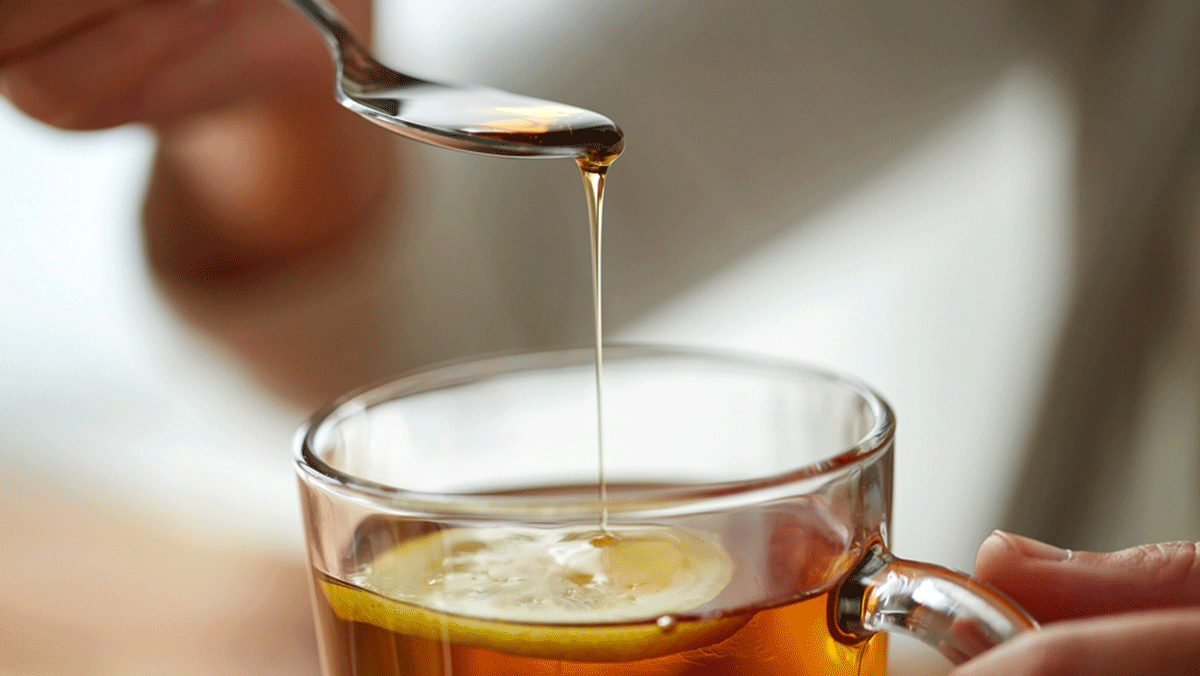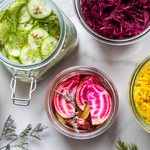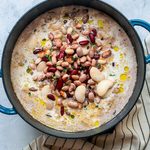Agave Nectar May Just Change Your Sweetener Game
Agave nectar has become a trendy sugar substitute — but is it really healthy? Here’s the scoop behind this natural sweetener.

What’s all the hype with agave nectar?
Have you tried agave nectar lately? Well, if you haven’t, you definitely need to put it on your must-try list!
The increasingly popular all-natural sweetener is extracted from the blue agave plants that flourish in the volcanic soils of southern Mexico. Agave (pronounced ah-GAH-vay) is sweeter than table sugar, and while it can be used as an alternative to table sugar (it is similar in flavour), it’s actually got more in common with honey (though less viscous) and maple syrup.
“Because agave is less refined than many sweeteners, it is often considered more natural,” says Nicole Fetterly, a registered dietitian in Vancouver, B.C. “And it is a natural food, just as honey and maple syrup are.”
Agave is certainly far less refined than many other so-called natural sweeteners on the market, she adds, including turbinado (refined sugarcane extract) and brown sugar, which is stripped-down table sugar with added molasses.
Agave’s high fructose (approximately 70 to 90 per cent) to glucose ratio also makes it a lower glycemic sweetener and therefore, potentially, a “healthier sweetener,” she says.
While some people argue that agave’s high levels of fructose make it unhealthy, Fetterly says that fructose — when eaten in its natural form, such as from fruit or agave — is still low glycemic and therefore a better choice than straight glucose or sucrose (which is table sugar).
“The high-fructose corn syrup found in so many packaged foods is not the same as the fructose from fruits or plants,” she adds.
So, is agave nectar actually healthy for you?
Agave nectar is one-and-a-half times sweeter than table sugar, so to get the most weight-maintenance benefit from this trendy food, you need to use less than you would if you were using sugar. “A lot of people forget or don’t know to use less,” says Fetterly.
If you become accustomed to sweeter flavour profiles, and switch back to table sugar, you might end up using more, which could lead to excess calorie consumption. (And if calories are what you’re worried about, here are nine ways you can tell if you’re eating too much sugar.)
How to use agave nectar
Agave is ideal for sweetening hot beverages like tea and coffee, and especially cold drinks such as iced tea and lemonade because it dissolves well. (You can also use agave nectar in smoothies, too) It’s a direct substitute for maple syrup on pancakes or waffles, or a substitute for honey in baking.
Just be cautious about using it in baking instead of sugar because it could alter the texture of the dish, says Fetterly.
This is how much agave nectar you should use
It’s important to consume any sweetener in moderation, points out Fetterly. The ideal is to use it as a substitute for table sugar — and cut your usual portion by at least half.
“If you use a teaspoon of sugar in your tea every day, use half a teaspoon of agave nectar (and you’ll consume half the calories),” Fetterly recommends.




